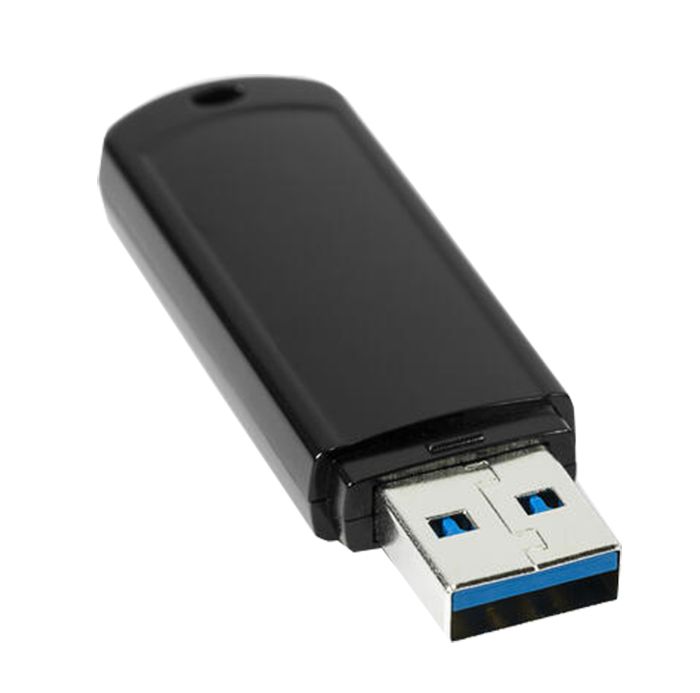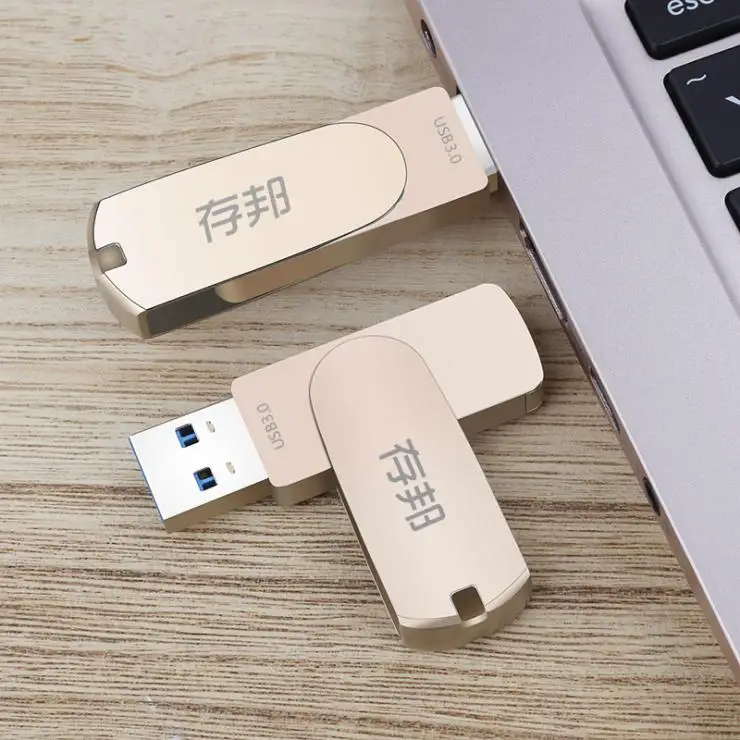


CD has wider support and USB boot functionality is not available for may operating system.Booting from USB is depended on the Hardware such as BIOS, motherboard and flash drive model as it may be working with one computer and refuses to another.No need to purchase any blank CD and you can fill your own stuff along with the ISO file.There are many advantages of Booting from USB over other booting options such as DVD and other which are discussed below, All new operating systems support to boot from USB in Dell XPS 13 9365.Booting from USB enables to get booting information in a USB rather than using a hard disk or the CD drive.It is a process of starting a Computer operating system from the USB drive.Finally, Windows 10 Home 64-bit is pre-installed.The graphics in Dell are powered by 4GB NVidia GeForce GTX 1050 GPU.It is powered by Intel Core i7-7Y75 processor with 4M cache, Turbo Boost up to 3.60 GHz, with 8GB LPDDR3 1866 MHz RAM, and 256GB SSD storage.

Dell comes with a 13.3 in Full HD InfinityEdge touchscreen with a resolution of 1920 by 1020 pixels.So without wasting time lets discuss USB boot guide for your Dell XPS 13 9365. Another option, after you backup your files, is to put Porteus on the flash drive, it supports booting on UEFI systems.We will explain Dell Boot from USB guide which can work for Windows and Linux. If you want to boot the drive on a UEFI machine, to a Linux system, the easiest approach, after you backup your files, is to download a utility named Easy2Boot and use to make the flash drive bootable and put a Linux system on it. If you want the files on it you need to find a non-UEFI machine, boot the Linux system and copy all the files to the machine’s hard drive, reformat the flash drive to a format Windows supports, then copy the files from the hard drive back to the flash drive. So, the question is, what do you want to do with the drive. Obviously your flash drive doesn’t have one of those formats, and since you say it has a Linux system on it it is probably formatted in a Linux ext format. Reading a USB drive on a UEFI system simply requires it be in a format Windows recognizes ie FAT, exFAT or NTFS. Well, booting on UEFI systems requires the drive be formatted with UEFI support which obviously your’s wasn’t.


 0 kommentar(er)
0 kommentar(er)
